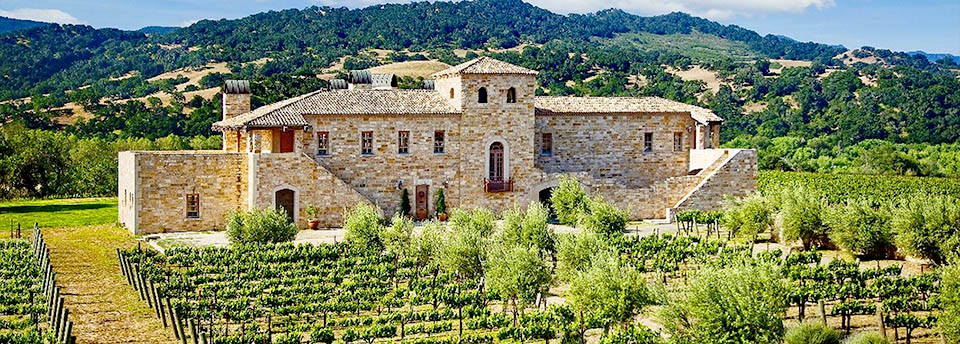
On a chilly April afternoon in London in 1977, I got on board a Pan-Am 747 bound for Boston, USA. I was rather less than confident because it was my first transatlantic flight. As it turned out, the flight was much more pleasurable than I had anticipated, enhanced with good food and some splendid Californian wine.
On my first evening in Boston, I visited a charming restaurant – a rather old-fashioned sort of place near Copley Square with tables set in alcoves and low-hanging lights above each. An elegant waiter appeared out of the shadows, handed me an empty plate and purred in a Southern drawl, “Would you like to create your own salad, sir?” I was vaguely amused by his curious use of the word “create”. The glass salad bar was dramatically illuminated by spotlights and contained every salad ingredient imaginable. Another customer was creating her own salad, a woman of breath-taking circumference who was piling the food on a plate as though the was assembling the weekly rations for a village somewhere in Montana.
Having selected a few lettuce leaves, I chose a modestly-priced bottle of Sebastiani Cabernet Sauvignon from California’s Sonoma County. It was the 1968 vintage, which had been was an exceptionally good year for Californian wine and produced full, vibrant and long-lasting wines. In contrast, the 1968 vintage in Bordeaux was a complete wash-out. August that year had been one of the coldest, wettest months on record and a disaster for Bordeaux wine-makers. The Californian Cabernet Sauvignon still lingers in my memory. It had a rich, rounded fruity aroma of cherry and strawberry and a remarkably soft mouth-feel with soft velvety tannins and just the slightest touch of acidity. It was something of a revelation, for I’d never realised that modestly priced wines could be so good.
Europeans often forget that American wine has a rich history dating back to the early seventeenth century, when vines were planted by Spanish colonists. We tend to associate American wine with California which produces 84 percent of the total production. Today wine is made in almost every American state. Willamette Valley in Oregon, known for its exceptional Pinot Noir, has seven hundred wineries. In Washington’s Yakima Valley there are over ninety wineries which make superb reds such as Merlot, Cabernet Sauvignon and Syrah. Virginia’s Loudoun County has about fifty wineries and produces fine Viognier, Cabernet Franc and Petit Verdot. There are some superb wines coming out of Georgia, New York and even Texas.
Few American wines are available in Thailand. Before you mention Peter Vella, remember that it comes here in bulk carriers and, according to the makers, it’s then blended with fruit juice (“from selected orchard fruits”) at Siam Winery in Samut Sakhon.
One of the local supermarkets, which must remain anonymous for reasons which will become obvious, has what appears to be a decent selection of Californian wines. A few days ago, I called in and bought a bottle of Californian Pinot Noir, priced at just under Bt 1,000. The label showed the vintage year in faint, minuscule print and even with my reading glasses it wasn’t clear. It looked like 2021 but when I arrived home and looked at it with a magnifying glass, I found to my dismay that the year was 2017. It was already six years old and really shouldn’t have been on sale. If wines had “best before” dates, this would have long passed. Incidentally, in the wine world, the term “vintage” has no connotations of quality. It simply means the year when the grapes were harvested.
But does it matter, you might be wondering? Wine which is too old is often still drinkable, in the same way that stale bread is still edible. But it’s not much fun. Several things happen when wine ages. The colour fades: white wines take on a brownish hue, while red wines lose their vibrant colour. Aromas fade and can sometimes take on vegetative odors while the secondary or tertiary aromas disappear altogether. The flavours also become dimmed and the wine loses its balance, much like some old people I suppose.
My bottle of Pinot Noir showed all these traits and even its dull appearance revealed that it was over the hill. If I’d bought the wine from a specialist wine dealer, I would have taken the bottle back. But in the case of local supermarkets, it’s not worth the effort and embarrassment.
About 98 percent of all table wine produced worldwide is intended to be consumed within two or three years, less in some cases. It’s best to play it safe and unless you are buying classic, top-quality wines intended for ageing, never buy anything more than three or four years old. This is easy if the vintage year is clearly shown but impossible if it’s not. Many commercial wines are non-vintage, because they made for consistency by blending wine from different years. The abbreviation “NV” is often shown, but sometimes there’s nothing to indicate how long the bottle has been languishing on the supermarket shelf. “It’s dangerous ground, Watson” as Sherlock might have said, “So tread with care.”






